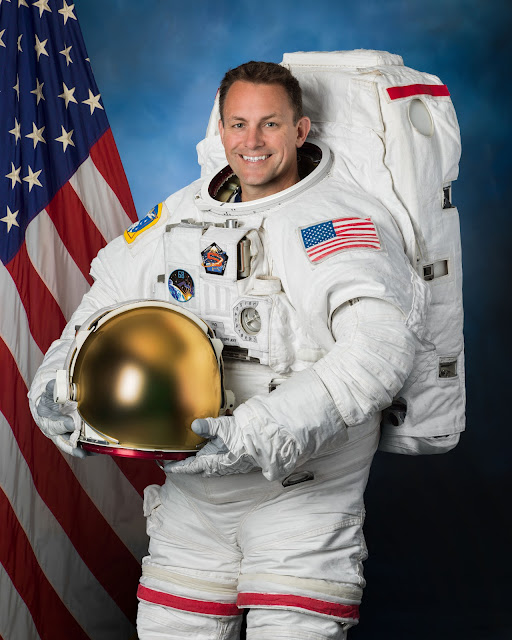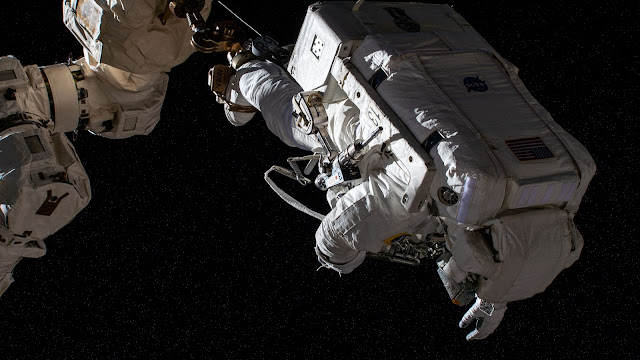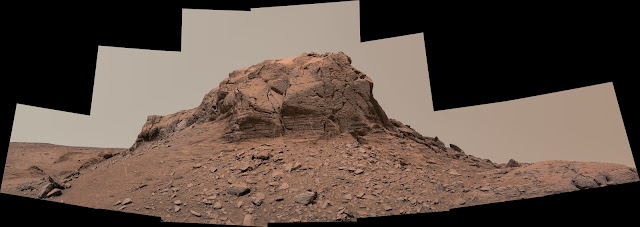The Milky Way Galaxy at Northam, Western Australia
Astrophotographer Trevor Dobson: "This is a 31 shot panorama of the Milky Way setting above a lone tree near Northam, 1.5 hours east of Perth in Western Australia."
"This was one of multiple lone tree compositions I shot this night, but unfortunately, I couldn't quite get a full panorama out of this one due to the northern edge of the Milky Way core going beyond the field the tree is located in. I would have gotten an ugly bit of gravel road and an intrusive tree on that side of the foreground cluttering up the image. So I ended up doing just a three quarter pano but I do like how the arc of the Milky Way complements the arc of the horizon. :)"
The light pollution is from Northam, one of the largest towns in the Wheatbelt region.
The Fading Milky Way
Light pollution is a growing environmental problem that threatens to erase the night sky before its time. A recent study revealed that perhaps two-thirds of the world's population can no longer look upwards at night and see the Milky Way—a hazy swath of stars that on warm summer nights spans the sky from horizon to horizon.
The Milky Way is dimming, not because the end of the Universe is near, but rather as a result of light pollution: the inadvertent illumination of the atmosphere from street lights, outdoor advertising, homes, schools, airports and other sources. Every night billions of bulbs send their energy skyward where microscopic bits of matter—air molecules, airborne dust, and water vapor droplets—reflect much of the wasted light back to Earth.
(Source: NASA)
Learn more:
International Dark-Sky Association
https://www.darksky.org/light-pollution
Globe at Night
Night Sky Network (NASA JPL)
https://nightsky.jpl.nasa.gov/index.cfm
Tourism Australia: https://www.australia.com
Technical data:
Nikon d810a, 50mm, ISO 6400, f/2.8
Foreground: 7 x 20 seconds
Sky: 24 x 30 seconds
iOptron SkyTracker
Hoya Red Intensifier filter
Image Credit: Trevor Dobson
Trevor Dobson's Flickr page: https://bit.ly/3hNqjeW
Image Date: Sept. 26, 2022
#NASA #Space #Astronomy #Science #MilkyWay #Stars #LightPollution #CitizenScience #Astrophotographer #TrevorDobson #Astrophotography #Skywatching #Cosmos #Universe #SolarSystem #Earth #Northam #WesternAustralia #Australia #STEM #Education
.jpg)














.png)